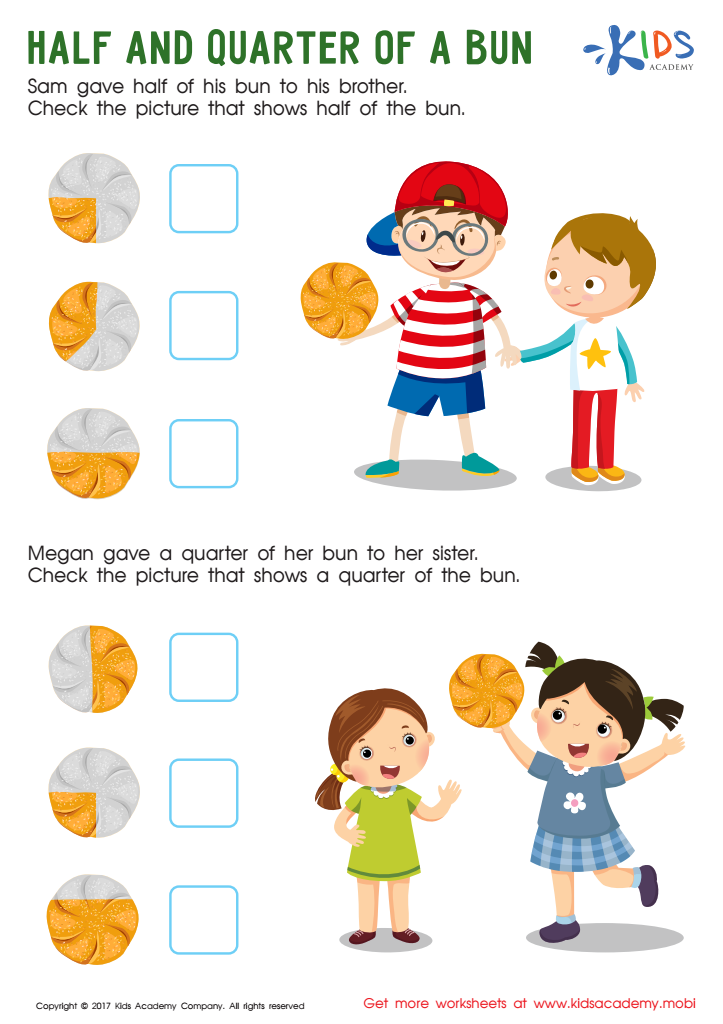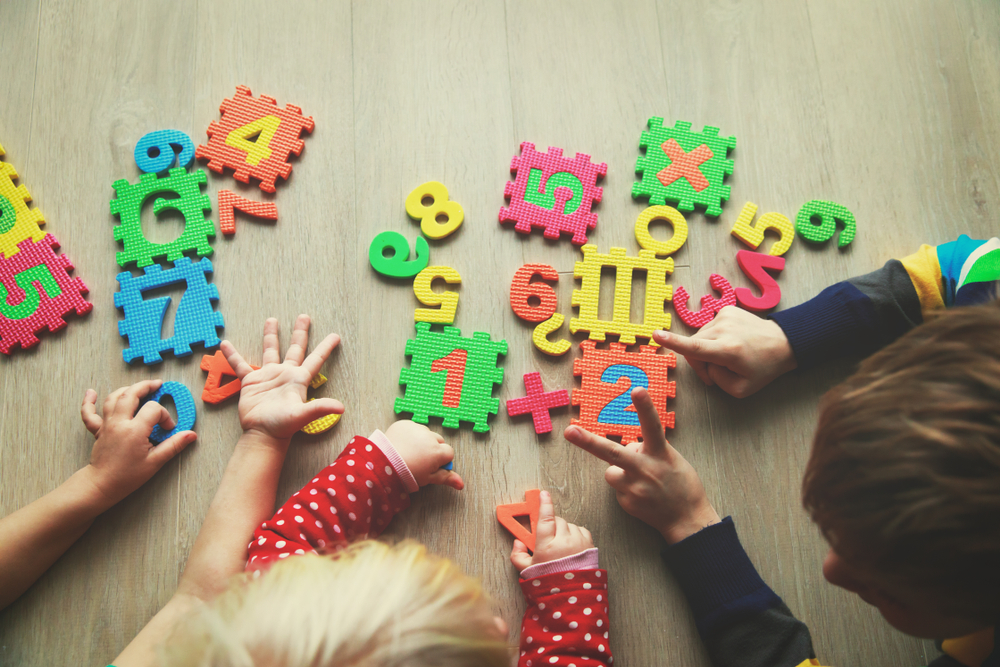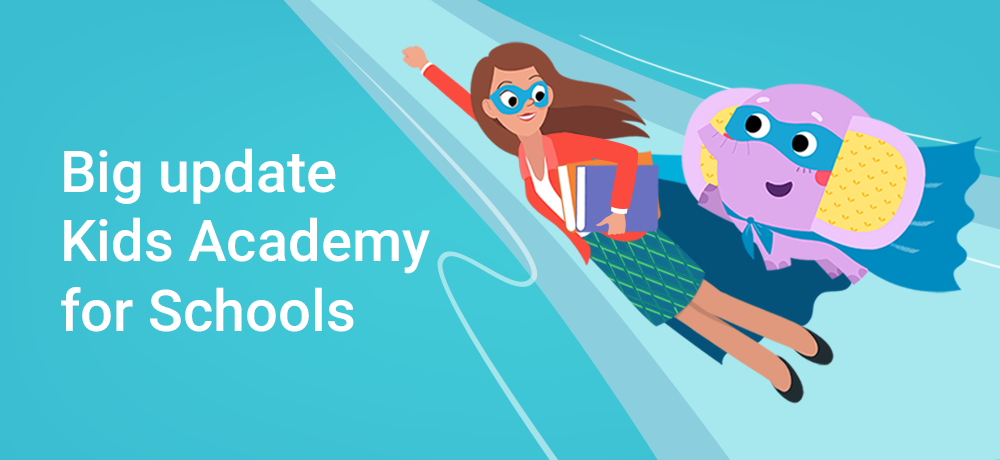Division concept Worksheets for Kids
1 filtered results
-
From - To


Half and Quarter of a Bun Worksheet
Question/Answer
How to train the Division concept skill in Grade 1 students learning about Geometry?
To train Division concept skill in Grade 1 students learning about Geometry, introduce simple, concrete examples using shapes. For instance, use cut-outs of pizzas or pies to demonstrate how a whole can be divided into equal parts. Start with dividing shapes into halves and quarters, emphasizing the vocabulary of "sharing equally." Use visual aids and hands-on activities for effective understanding.
Why is the Division concept skill important for Grade 1 students?
The Division concept is crucial for Grade 1 students because it lays the foundation for understanding how to evenly distribute objects and share equally. It is an essential arithmetic skill that helps develop logical thinking, problem-solving abilities, and prepares students for more complex math operations.
What are some effective activities to train students’ Division concept skill when teaching them about Geometry?
To train students in the concept of division in Geometry, use activities such as dividing shapes into equal parts, creating fraction kits with paper shapes, using geoboards to visualize partitioning, engaging in tangram puzzles to explore fractional relationships, and implementing real-life scenarios involving dividing spaces or objects. These hands-on activities enhance understanding by linking abstract concepts to tangible experiences.
 Assign to the classroom
Assign to the classroom












